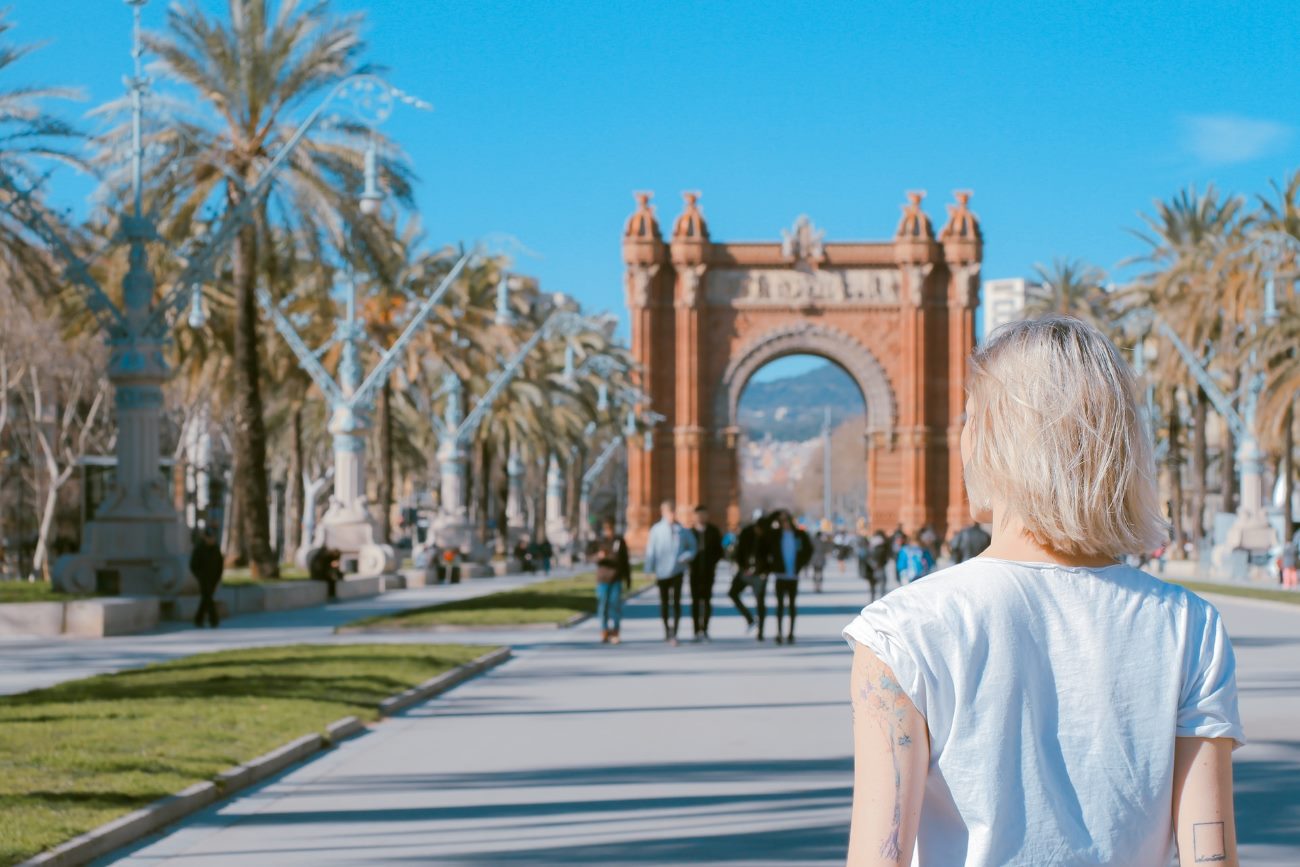What are some famous German landmarks in Berlin?
The urban center of Berlin reveals itself as a place with extraordinary German landmarks. The city of Berlin displays its complicated background through many historical structures together with the cultural emblems found throughout its boundaries. This piece discusses some essential German landmarks situated in Berlin that demand attention from every traveller.
-
Brandenburg Gate
The Brandenburg Gate functions as a symbolic emblem which represents the reunified Germany alongside being Berlin’s prominent representation. The city center receives its presence from this neoclassical gateway which builders designed in the last years of the 18th century to guide visitors into Berlin. Presently the structure operates as an emblem that teaches people to promote international accord.
-
Berlin Wall
Among all landmarks related to Berlin’s historical turmoil the Berlin Wall stands as one of the most well-known landmarks. The 1961-built barrier divided East and West Berlin into two separated territories until its collapse when the wall fell down in 1989. Twentieth-century Berliners can view wall ruins which exhibit both the former city partition and its eventual reunification process.
-
Reichstag Building
The Reichstag Building is the seat of the German Parliament and a significant architectural landmark. Originally constructed in the late 19th century, the building has undergone several renovations and restorations over the years. Visitors can enjoy panoramic views of the city from the Reichstag’s glass dome, which is also a symbol of transparency in German democracy.
-
Charlottenburg Palace
The largest building in Berlin presents Charlottenburg Palace as a magnificent specimen of baroque and rococo architectural design. The palace from the 17th century contains a remarkable assortment of art pieces together with historical objects. The palace enables its visitors to browse through its sumptuous interior spaces while enjoying both the palace gardens and classical music shows at its theater.
-
Museum Island
Museum Island presents itself as a UNESCO World Heritage site in the Spree River which contains five prestigious museums. Different aspects of art archaeology and history receive focus at each establishment within the museum complex. People can find an unmatched cultural journey at Museum Island because it houses ancient Pergamon Museum artifacts alongside remarkable Altes Museum artwork.
-
Checkpoint Charlie
During the Cold War period Checkpoint Charlie served as the most visited border crossing by international travelers. Today visitors use the site to understand life in Berlin before reunification while it stands as a marker of the divided city. A museum adjacent to this location presents memorable displays about the Berlin Wall together with the difficult situations East and West Berlin residents encountered.
-
East Side Gallery
The East Side Gallery presents itself as a distinctive outdoor art venue which extends across an existing piece of Berlin Wall. Once the Wall fell artists deployed artistic talent to convert this specific Wall stretch into an international display of freedom. Every wall panel of the gallery displays vivid murals alongside meaningful artworks which celebrate unity through inspiring displays.
Conclusion
History has seen Berlin transform through remarkable changes since the city experienced tremendous historic events. The article introduces selected notable landmarks which act as permanent reminders about German history through its triumphs and struggles of the nation. The sites enable visitors to take part in understanding both the historical heritage and cultural tales of Berlin.
All travelers visiting Berlin should prioritize stops at Brandenburg Gate and Berlin Wall alongside the Reichstag Building and Charlottenburg Palace as well as Museum Island and Checkpoint Charlie and East Side Gallery. The set of landmarks gives a complete tale of Berlin’s history as well as its modern state by sharing their own distinct stories.
Table of Contents



